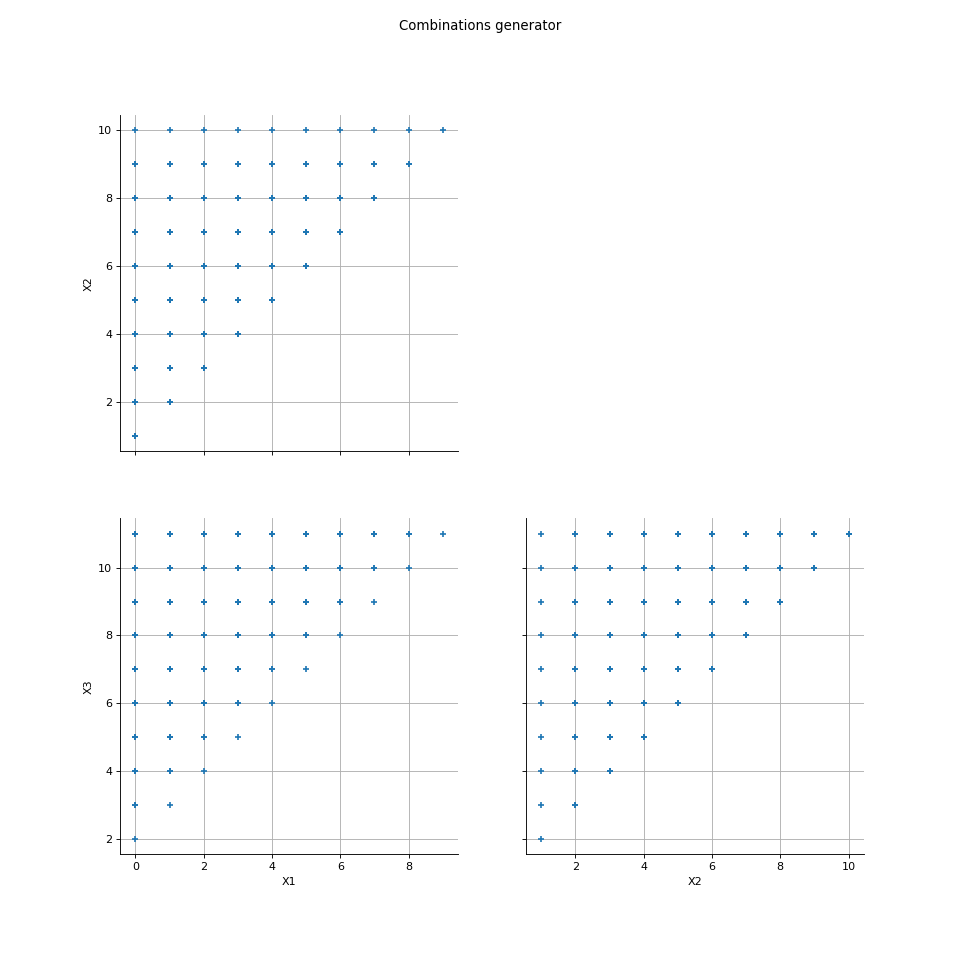Table Of Content

A confounding variable is related to both the supposed cause and the supposed effect of the study. It can be difficult to separate the true effect of the independent variable from the effect of the confounding variable. For valid conclusions, you also need to select a representative sample and control any extraneous variables that might influence your results.
Giving your DOE campaign a sanity check
They can provide the opportunity to break from the norm and pursue a creative path that's exciting, innovative and based on fresh ways of thinking. Not only that, they can supply some stand-out work for your design portfolio. Experimental design projects can be a great way to try something different. They're an excellent alternative to the usual everyday work that's more about about creating work that's familiar and reassuring. Therefore, the researcher concludes that natural sunlight improves reading comprehension.
All there is to know about Experimental Design
Use arrows to show the possible relationships between variables and include signs to show the expected direction of the relationships. The prerequisite for this course is STAT Regression Methods and STAT Analysis of Variance. However, the focus of the course is on the design and not on the analysis. Run the second experiment by varying time, to find the optimal value of time (between 4 and 24 hours).
Using DOE tools vs doing it manually

If you hit a dead end, you might backtrack and try a different route. Sequential Design operates in a similar fashion, allowing researchers to make decisions at different stages based on what they've learned so far. In terms of applications, Stepped Wedge Designs are commonly used in public health initiatives, organizational changes in healthcare settings, and social policy trials.
That would make it hard to tell if the program is really effective or not. Instead of just looking at how flour affects the cake, you also consider sugar, eggs, and milk all at once. This way, you understand how everything works together to make the cake taste good or bad. You have to be skilled in different research methods and know how to combine them effectively.
Independent variable (IV)
So, the doctor applies the treatment to two of their patients with the illness.After several weeks, the results seem to indicate that the treatment is not causing any change in the illness. The doctor concludes that there is no need to continue the treatment or conduct a larger study with a control condition. The following are examples of experimental design (with their type indicated). To assess the effect of the organization on recall, a researcher randomly assigned student volunteers to two conditions. For each experiment, identify (1) which experimental design was used; and (2) why the researcher might have used that design.
Imagine you want to see if a new anti-bullying program really works. Instead of selecting individual students, you'd introduce the program to a whole school or maybe even several schools, and then compare the results to schools without the program. In a similar way, Crossover Design allows subjects to experience multiple conditions, flipping them around so that everyone gets a turn in each role.
Pretest-Posttest Design
Design of Experiments - CHEManager
Design of Experiments.
Posted: Tue, 10 Sep 2019 07:00:00 GMT [source]
The true relationship between pH and volume is represented by the Contour Plot pictured below. We can see that the optimal value would be somewhere at the top in the larger red area. For example, in the first experimental series (indicated on the horizontal axis below), we moved the experimental settings from left to right, and we found out that 550 was the optimal volume.

Second, you may need to choose how finely to vary your independent variable. Sometimes this choice is made for you by your experimental system, but often you will need to decide, and this will affect how much you can infer from your results. Design of experiments (DOE) is a systematic, efficient method that enables scientists and engineers to study the relationship between multiple input variables (aka factors) and key output variables (aka responses). It is a structured approach for collecting data and making discoveries. Pre-experimental designs are great for quick-and-dirty research when you're short on time or resources.
All variables which are not independent variables but could affect the results (DV) of the experiment. The factors that are most relevant to the end result are the ones most important to DOE. These factors can be identified by the project team in a brainstorming session. In ordinary circumstances, where time and budget are finite, the team should limit the experiment to six or seven key factors. These factors are controlled by setting them at different levels for each run. Design of Experiments (DOE) is a Six Sigma tool that helps project teams determine the effects that the inputs of a process have on the final product.
Imagine coordinating a four-way intersection with lots of cars coming from all directions—you've got to make sure everything runs smoothly, or you'll end up with a traffic jam. Similarly, researchers need to carefully plan how they'll measure and analyze all the different variables. If curvature is present, the factorial design can be expanded to allow estimation of the response surface.
Ever since they adopted DOE along with Design for Six Sigma (DFSS) methodology in their R&D, they have reduced cycle time by half and seen an overall increase in their R&D competency level. The team has managed to complete more than 20 DFSS patented projects per year and has since received multiple Six Sigma excellence awards. The Solomon Four-Group Design is less commonly used than simpler designs but is highly respected for its ability to control for more variables. It's a favorite in educational and psychological research where you really want to dig deep and figure out what's actually causing changes.
No comments:
Post a Comment